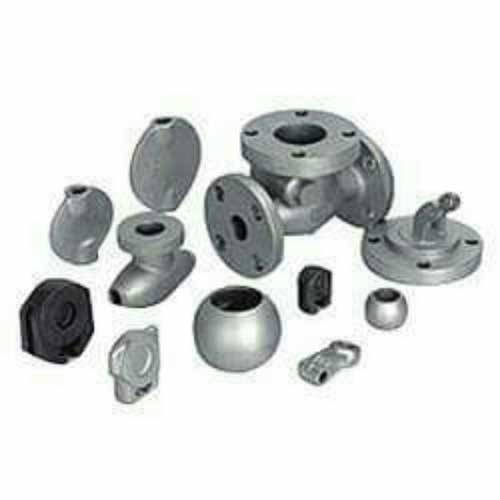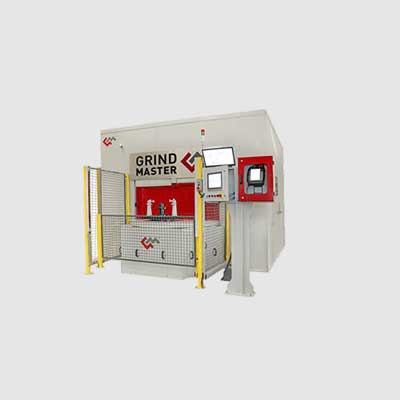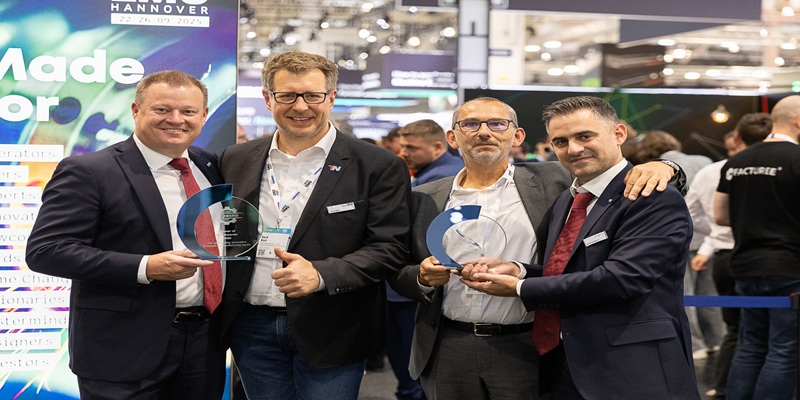Schedule a Call Back
Forging industry is poised for a good growth
 Interviews
Interviews- May 02,18
Related Stories

Kinetic Engineering Reports Strong EV Momentum, Expands Dealership Network Nationwide
With a profitable financial foundation, a positive demand outlook, and an expanding EV distribution network, Kinetic Engineering Limited is well-positioned to deliver sustainable growth and long-ter..
Read more
India Triples Rare Earth Magnet Investment to Cut China Reliance: Report
India is set to boost its rare earth magnet manufacturing capacity by nearly tripling its incentive programme to over Rs 70 billion ($788 million), aiming to reduce reliance on China.
Read more
SiCSem Breaks Ground for India’s First Silicon Carbide Semiconductor Plant in Odisha
SiCSem has commenced the construction of India’s first end-to-end silicon carbide (SiC) semiconductor production facility in Odisha, with an investment of Rs 20 billion.
Read moreRelated Products

Auto Casting Components
Micro Melt offers a wide range of auto
parts casting components.

Robofinish Iron Casting Fettlingrcf
Grind Master Machines Pvt Ltd offers a wide range of robofinish iron casting fettling CF-HD series.

Casting Components
Micro Melt offers a wide range of auto parts casting components. Read more
















